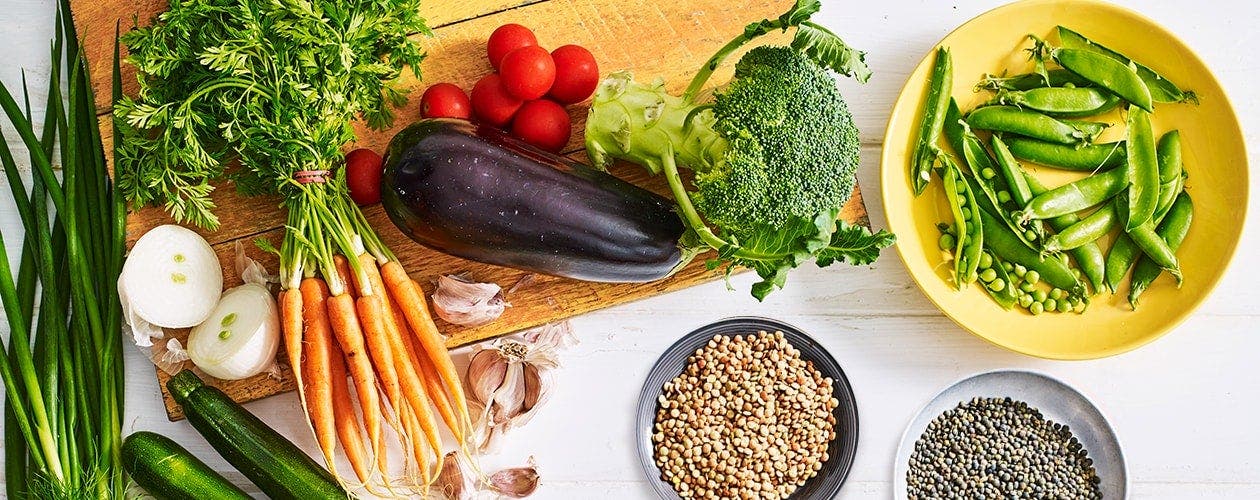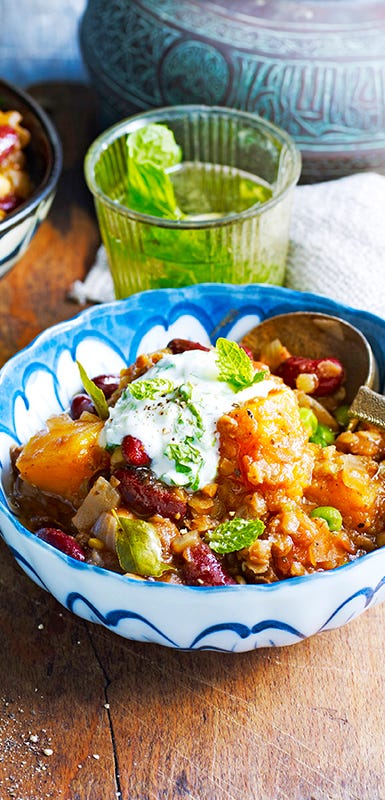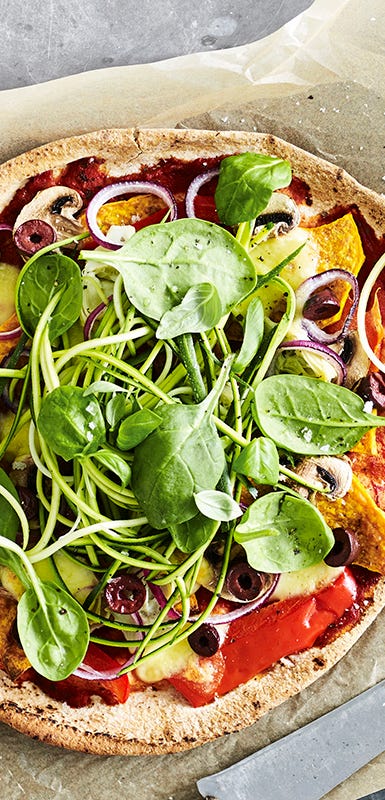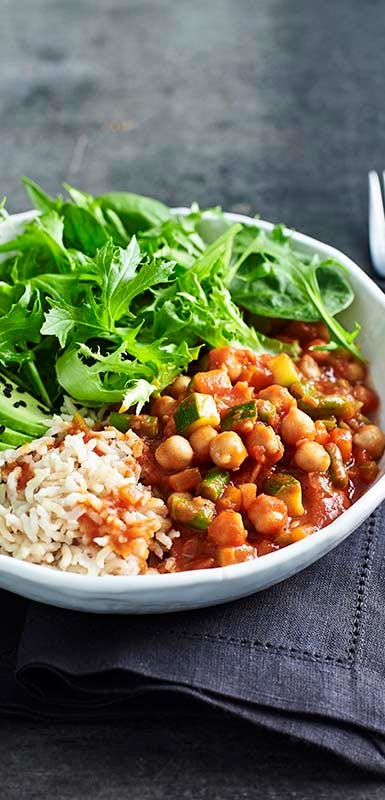The rise of the flexitarian


A semi-vegetarian way of eating
While meat consumption in many countries remains high, and is rising alongside the global population, a small but decidedly upward swoop of people are choosing plant-rich diets.
A 2016 Roy Morgan poll found the number of Australians following an “all, or almost all” vegetarian diet rose from 1.7 million to 2.1 million between 2012 and 2016.
Most of us, though, are choosing to reduce—not eliminate—animal products. It’s an eating pattern known as flexitarianism, and it’s rising in uptake thanks to its adaptability and health benefits.
What is flexitarianism?
Flexitarianism is part-time vegetarianism. It’s for folk who want the benefits of eating more plants—but can’t bear to give up steak altogether. According to the Mayo Clinic, flexitarianism is one version of the vegetarian diet. Flexitarians consume mostly plant-based foods yet animal products are still on the menu—just in smaller quantities.
So are you a flexitarian if you eat meat every day except Monday? Not quite, says obstetrician Dr Kristine Barnden, a member of Doctors for the Environment Australia. Flexitarianism involves a greater commitment. One or two meat-free meals a week is a good starting point for committed carnivores wanting to cut back though. “It gives people the chance to explore plant-based recipes, and many are pleasantly surprised how good meat-free meals can taste,” Dr Barnden shares. “Also, the biggest health and environmental gains are likely to come when people who eat large amounts of meat cut back to moderate amounts.”
Check out some of our delicious WeightWatchers® meat-free recipes
Health benefits of flexitarianism
A vegetarian diet packed with whole, plant-based foods has been shown to deliver many health benefits. Flexitarians experience positive results, too. According to a review of 25 studies published in Frontiers in Nutrition in 2017, emerging evidence shows a semi-vegetarian diet may help reduce body weight, improve markers of metabolic health and blood pressure, such as cholesterol, and reduce risk of type 2 diabetes. It may also help treat inflammatory bowel diseases, such as Crohn’s disease.
Eating a rainbow of plants boosts your mineral, vitamin, phytonutrient, and fibre intake, and lowers overall kilojoule—and saturated fat—intake, says accredited practising dietitian Tim McMaster. The beauty of flexitarianism is it doesn’t eliminate all meat or animal products, which are important sources of protein, fat, and micronutrients, such as iron and B12.
“But [this diet] also supports that long-term and excessive consumption of red meat, particularly processed meats, negatively impacts health,” McMaster says. According to the Australian Dietary Guidelines, eating less red and processed meats lowers saturated fat and salt intake, and is associated with reduced risk of colorectal cancer.
Environmental impact of flexitarianism
Flexitarianism isn’t just smart for the body—planetary health benefits, too. “Our food system takes a heavy toll on the environment,” says Dr Michael Schien, a GP and member of Doctors for the Environment Australia.
“As well as covering over half the planet’s land surface, and being the major cause of land clearing, habitat destruction, species loss, soil erosion, and freshwater depletion, it produces almost 30 per cent of all anthropogenic greenhouse gas emissions—of which 80 per cent are associated with livestock production.”
Plant protein sources, such as tofu or lentils, can be produced with around a tenth of the carbon footprint of lamb, beef, and dairy, says Schien. Ruminant meat production is so ecologically harmful that new research, a 2019 EAT-Lancet report and a World Resources Institute study published in the journal Nature last year, recommends slashing it by half—right now.
Together with overhauling our eating habits, producing food more sustainably and reducing food waste, scientists say this is the only way to feed a healthy diet to a predicted world population of 10 billion people by 2050. And flexitarianism, as part of a broader “planetary health diet”, is where authors of the EAT-Lancet report suggest we start.
This diet, they write, features “a balanced energy intake, low amounts of red meat and sugar, low to moderate amounts of other animal-source foods, and generous amounts of fruits, vegetables, legumes, and nuts.” It includes two serves of animal products daily, but less than 200g each of chicken and fish a week, and no more than 100g of red meat weekly. Exceptions are for children aged under two, adolescent women, and pregnant and breastfeeding women, who often have different nutritional requirements.
Tips for being a flexitarian
Flexitarianism is an easily maintainable diet that encourages us to be more mindful and creative about our meals, McMaster says. “If done right, there should be little risk in nutrient deficiency,” he adds. But speak with an accredited practising dietitian if you’re considering bold dietary changes. Here are McMaster’s tips for experiencing flexitarian success:
1. Eat 2½-3 serves of lean meats and non-meat protein
When choosing a protein, variety is key. Good protein sources to include are eggs, nuts, seeds, tofu, legumes, beans daily.
2. Double the suggested quantity of vegetables
When following a recipe, add more vegetables and reduce the amount of meat recommended.
3. Become portion-aware
When serving a main meal, fill half of the plate with non-starchy vegetables or salad, a quarter with starchy veg or whole grains, and a quarter with meat or protein-rich alternatives.
4. Read the label
When choosing imitation meat products, pay close attention to the nutritional panel. They may be high in salt and highly processed.
5. Keep it simple
Adopt small changes to help you reach your overall lifestyle goals and make vegetables the headline act on your plate.






